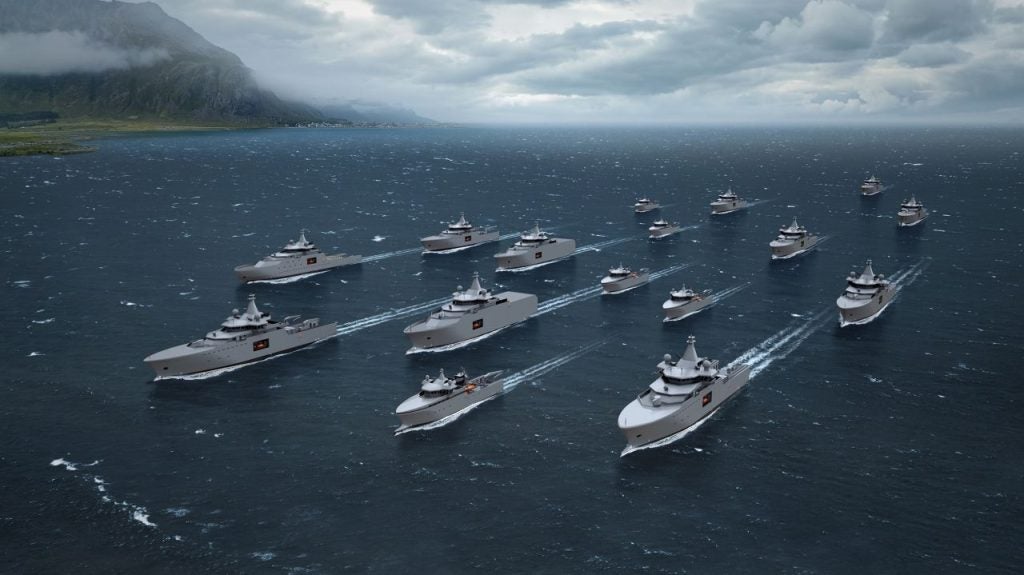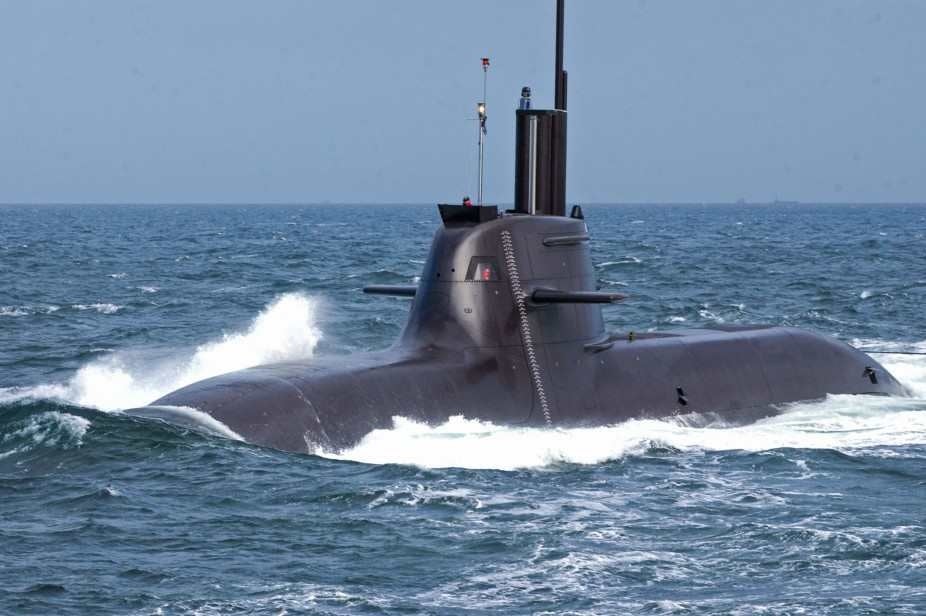Norwegian defence prime Kongsberg has called for the standardisation of naval vessel design as a priority for Norway’s earlier-published long-term defence plan, intended to provide a procurement and strategic framework for the country over the next generation.
In a social media post in late-August, Kongsberg said that production capacity and the ability for the rapid expansion in the defence industry were “crucial for Norway's defence capability, maintenance, and overall preparedness”.
To this end, it was “urgent” that Norway should seek to standardise naval vessel design, with Kongsberg saying that it “stood ready to lead” in the delivery of common base warships.
“We want to emphasise the importance of ship construction within Norway, aiming for maximum Norwegian contribution,” the company said.

In April 2024, the Norwegian government proposed to parliament a $60bn (Nkr636bn) increase in defence spending over the next 12 years, from 2024 to 2036, effectively doubling the military budget by the end of the period.
Among this was what was termed a “strong maritime package”, with a minimum of five new frigates with anti-submarine helicopters, at least five new submarines, and a “standardised vessel class” of up to ten large and 18 smaller vessels, likely in the form of offshore and inshore patrol craft.
In terms of financing, the strengthening of the Navy was the largest investment in its long-term plan, the Norwegian government stated at the time.
“This plan represents a historic boost in defence spending and involves a significant strengthening of all branches of the Armed Forces’, said Prime Minister Jonas Gahr Støre.
Analysis from GlobalData in Q4 2023 on Norway’s defence spending detailed the country’s defence budget was anticipated to rise from $7.6bn in 2023 to $9.2bn in 2028, an increase of $1.6bn between 2023-28.
Norway seeking commonality with Nato allies?
With an outward looking maritime focus, Norway has maintained a capable navy, centred around anti-submarine warfare frigates and conventionally powered submarines. However, these platforms are acquired in limited numbers, hence the drive towards commonality within its own forces or with those of another Nato ally.
Olso has already ticked off one element of the commonality paradigm through its next-generation submarine plans, with the 2021 award to TKMS of a €5.5bn ($6bn) contract to build six Type 212 Common Design (CD) submarines, two for Germany and four for Norway. Deliveries to Norway are expected to start in 2029, with Germany expected in 2032 and 2034.

This commonality among Nato could extend to surface warships as well. It was also reported in April 2024 that the UK government, Royal Navy, and BAE Systems were working on options to support Norway’s future frigate requirements, an indication that the Type 26 design could find further export success in the coming years.
Officially disclosing the cooperating parties on 30 April 2024, the then UK Defence Procurement Minister James Cartlidge stated that the trio were “working jointly” on ways to support Norway’s future surface combatant requirements.
The anti-submarine requirement of Norway’s frigates and its Nato role to monitor northern and Arctic waters for Russian submarines, European common general-purpose platforms such as the Iver Huitfeldt-based Type 31 UK design, also being built by Poland and in service with Denmark, are likely not suitable.
A Norwegian decision to opt for a locally-built class based on the UK’s Type 26 ASW warships would offer commonality with the UK, as well as Canada and Australia.
The Nansen class: Norway’s current frigate type
Norway’s existing main surface combatant force is comprised of four Nansen-class ASW frigates, down from a fleet of five ships following the sinking of HNoMS Helge Ingstad in 2018 after it collided with a merchant vessel in a Norwegian fjord.
The five Nansen-class anti-submarine warfare frigates were built by Spain’s Navantia for the Norwegian Navy. The vessels are: HNoMS Fridtjof Nansen (in service), Roald Amundsen (in service), Otto Sverdrup (in service), Helge Ingstad (lost) and Thor Heyerdahl (in service).
Displacing around 5,100 tonnes and measuring 133 metres in length, the type has been optimised for ASW operations although retain anti-air and anti-surface capabilities through an eight cell Mk41 launched Evolved Sea Sparrow Missile and canister-operated Naval Strike Missile systems.
The launch of the first-in-class of HNoMS Fridtjof Nansen was performed in June 2004, with the fifth and final ship launch taking place in February 2009.
Assuming an approximate 25-year service life for the Norwegian frigates, it is possible that the first of a new class of ASW warships will need to enter service in the 2030 timeframe.









